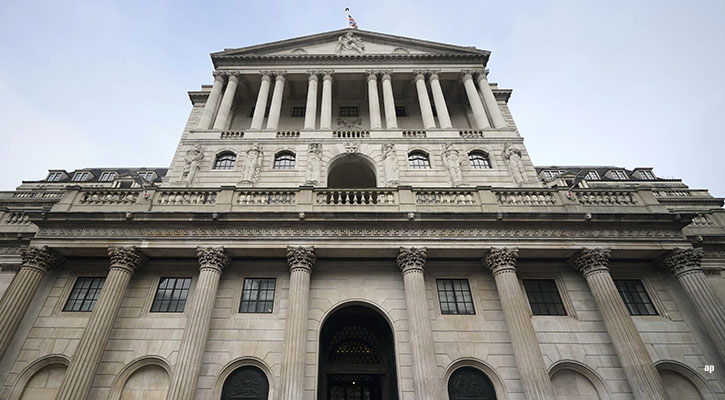We've spilled a lot of ink over the years discussing the importance expenses should play in your investment decision. A fund's levy is taken right out of your returns and is the most reliable predictor of future performance studied to date. Expenses are typically expressed as a percentage of net assets (a fee of 1% translates into a cost of $1 for every $100 invested) and for all intents and purposes, that is the most useful way to look at them.
Yet, it can be telling to view fees through a dollars-and-cents lens, too.
Rolling in the dough
Running a big fund isn't cheap or easy. There are legal, record-keeping,
printing, and customer-service requirements. But those costs are
miniscule compared with the two biggest line items for most funds:
management and distribution. Some funds have to pay for inclusion on a
big no-transaction-fee platform like Schwab's or Fidelity's or a fee to
advisers who sell the fund, for example. The accounting between
management and distribution is fuzzy, and we'd like to see funds adhere
to a stricter reporting standard, so we could obtain a true picture of
how fees are divvied up between management activities that help
performance and marketing activities that grow the fund.
Overall, however, you may be surprised to see just how much money funds that charge a little can actually rake in. We dug into the financial statements of the biggest funds by assets available to US investors and highlighted 20 that pulled in the largest amount of fees in their most recent fiscal year.
Who made the list and who didn't?
It's good to be the biggest fund. PIMCO Total Return's fees broke the
billion dollar threshold in its latest fiscal year. And that is just
what this fund alone brings in for PIMCO. If you consider all of the
institutional, separately managed accounts and portable alpha offerings
that are hinged on Bill Gross' Total Return strategy, the amount of
money is much, much larger.
American Funds dominated with eight of its funds ending up on the list, each drawing in more than $300 million in fees. Growth Fund of America was king within American's lineup. The $150 billion fund charged more than $1 billion in its latest fiscal year. A large portion, nearly $400 million, went to pay the financial advisers who hold the fund in client accounts and $350 million in management fees went directly to the fund's adviser, Capital Research.
Notably, Vanguard is not on this list. Though five of its funds are in the top 20 for assets, none land in the top 20 for total fees pulled in. That's not a surprise. Vanguard runs several inexpensive index strategies and manages funds at cost. Its largest actively managed fund, Vanguard Wellington, which has $47 billion in assets, brought in a total of $117 million. That's not paltry by any stretch of the imagination, but it is significantly less than all of the above-mentioned offerings and then some.
A bargaining chip for fund directors
Vanguard's model is exceptional because the fund company is owned by its
fund shareholders, so any "profits" are passed along to shareholders in
the form of lower fees. We can't expect fund advisers to cut their fees
out of the goodness of their hearts, though it would be a sign of good
stewardship and help their own performance records on the funds. But we
can expect fund directors to act like Vanguard does and negotiate much
better deals on behalf of the shareholders they represent.
Even though most of these funds don't charge unreasonably high fees in percentage terms, and some are downright cheap, the fact that such enormous amounts of actual dollars are being hauled in year after year means that further cuts by them are not too much to expect by shareholders--who own the funds. And, these funds aren't all a bargain in percentage terms. PIMCO Total Return, for example, has a reasonable levy on its institutional shares, but charges a lot for its retail shares. Given that the fund pulls in more fees than all others, it could certainly afford to charge less. The fund levied $300 million in administrative fees alone in 2008. PIMCO is either a terribly inefficient administrator or that function is remarkably profitable. (I'd guess the latter.)
In the end, we're not suggesting that shareholders in these funds are getting a raw deal or that fund companies shouldn't be entitled to make money. These funds are pulling in big bucks because they've posted good returns and have attracted big sums, not because they're robbing the average Joe. However, given the magnitude of dollars charged, we think it's fair to ask why more of those economies aren't being passed along to shareholders.
This article originally appeared on Morningstar.com.























